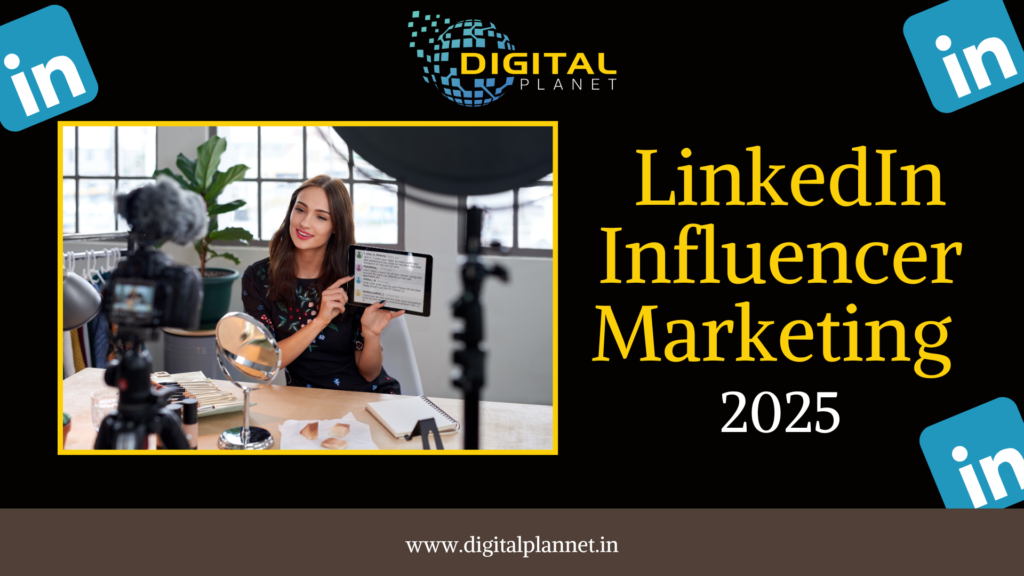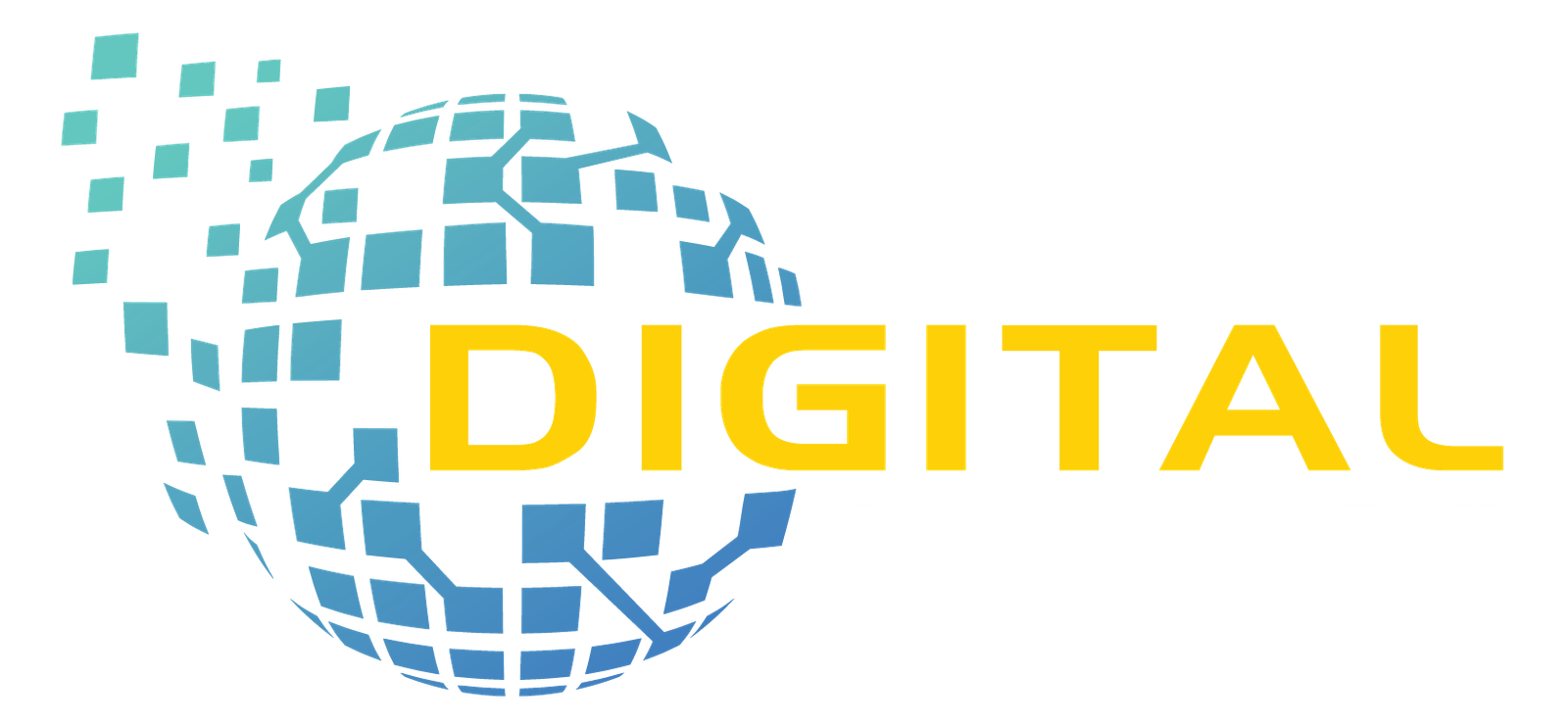LinkedIn Influencer Marketing: The Ultimate Strategy to Dominate B2B Engagement in 2025

In the dynamic world of digital marketing, LinkedIn Influencer Marketing has emerged as one of the most powerful tools for B2B growth. As businesses and professionals turn to platforms that provide genuine thought leadership and industry insights, LinkedIn stands as the unrivaled stage. With over 1 billion professionals on the platform, LinkedIn offers fertile ground for brand growth, lead generation, and industry authority — when leveraged correctly through influencer marketing.
What Is LinkedIn Influencer Marketing?
LinkedIn Influencer Marketing is the strategic collaboration between brands and influential professionals or creators on LinkedIn to amplify messaging, generate leads, and build trust within a niche audience. These influencers are thought leaders, entrepreneurs, executives, or niche specialists with a loyal following and proven expertise.
Unlike other social media platforms where influencer marketing often leans on lifestyle or entertainment appeal, LinkedIn influencers drive professional conversations, provide deep industry insights, and nurture B2B relationships.
Why LinkedIn Influencer Marketing Outshines Other Platforms
- Professional Audience: LinkedIn is tailored for decision-makers, CEOs, CMOs, and professionals actively looking for solutions, services, and partnerships.
- High-Quality Leads: 80% of B2B leads generated through social media come from LinkedIn.
- Credibility & Trust: Unlike Instagram or TikTok, LinkedIn content is perceived as more authoritative and credible.
- Organic Reach Potential: A single quality post from an influencer can reach thousands, sometimes millions, organically.
How to Build a Winning LinkedIn Influencer Marketing Strategy
1. Identify the Right Influencers in Your Niche
The key to success lies in finding influencers who align with your brand values and target audience. Focus on:
- Industry relevance
- Content consistency and tone
- Audience demographics
- Engagement rate over follower count
- Authenticity and transparency
Use tools like LinkedIn Sales Navigator, BuzzSumo, and Shield Analytics to analyze profiles and engagement metrics.
2. Define Clear Campaign Objectives
Your campaign should have clear, measurable goals such as:
- Increasing brand awareness
- Driving qualified B2B leads
- Boosting event attendance
- Promoting a product or service launch
- Elevating thought leadership
Set KPIs such as impressions, engagement rates, website clicks, lead conversions, and follower growth to evaluate performance.
3. Craft Value-Driven Content Collaborations
Influencer marketing on LinkedIn is not about salesy posts — it’s about education, leadership, and insight. Some powerful content formats include:
- Thought-provoking articles
- Video interviews or live sessions
- Whitepaper promotions
- Case study breakdowns
- Collaborative LinkedIn newsletters
- Expert quotes and mentions in brand blogs
Co-create content that adds real value to the influencer’s audience while subtly integrating your brand’s message.
4. Leverage Employee Advocacy & Executive Influence
Your internal leaders can also act as brand influencers. By building strong personal brands for your C-suite executives and encouraging employee advocacy, you multiply your brand reach exponentially.
- Encourage leadership to post thought leadership regularly
- Provide content support to key employees
- Launch branded hashtags and challenges
- Celebrate team wins and case studies
5. Amplify & Repurpose Influencer Content
Once content is live, maximize its lifespan and visibility:
- Share on your company page
- Feature on your website’s blog section
- Promote via email marketing
- Repurpose as quote cards or short-form videos
- Run paid LinkedIn ads on top-performing influencer content
6. Measure, Optimize, and Scale
Use LinkedIn’s analytics dashboard, influencer tools, and UTM tracking to monitor:
- Click-through rates
- Lead quality and quantity
- Audience engagement
- Influencer-driven conversations
Regularly refine your messaging, timing, and influencer selection based on performance data.
Top LinkedIn Influencers You Should Know
Partnering with established industry voices can skyrocket your brand credibility. Some top B2B influencers include:
- Justin Welsh – Content creator and solopreneur advocate
- Sahil Bloom – Growth strategist and startup mentor
- Katelyn Bourgoin – Marketing and customer insight expert
- Dave Gerhardt – B2B SaaS marketing leader
- Andy Crestodina – Content and SEO strategist
These professionals command high engagement and trust from their audiences — essential qualities for effective collaboration.
LinkedIn Influencer Campaign Ideas
- Product Launch Teasers: Collaborate with an influencer to introduce your new product via video or live stream.
- Virtual Roundtables: Host a discussion with multiple industry influencers to share insights on a trending topic.
- Success Stories: Let influencers tell your customer success stories through their lens.
- Micro-Influencer Takeovers: Allow mid-tier influencers to manage your page for a day.
- Expert Series: Launch a recurring content series featuring influencer Q&As or blog contributions.
The Future of LinkedIn Influencer Marketing
The trend is clear — B2B marketing is becoming increasingly human and personalized. People trust people more than they trust brands. As LinkedIn continues to grow and support creators with new tools, influencer marketing on the platform will become even more integral to B2B success.
Expect to see:
- Creator monetization features
- Advanced content insights
- AI-assisted content creation tools
- Deeper integration of influencers in brand storytelling
Investing in LinkedIn Influencer Marketing today means building future-proof visibility and trust in your industry.
Related Posts
- How to Remove Toxic Backlinks (Complete 2025 Guide)
- How to Identify Toxic Backlinks 2025: Ultimate Guide + 15 Expert Steps
- Best AI for Video Generation Free 2025: Ultimate Guide + Top Picks
- How to Get Invite Code for Sora 2 (2025): The Ultimate Step-by-Step Guide
- Influencer Marketing for Travel Industry 2025
